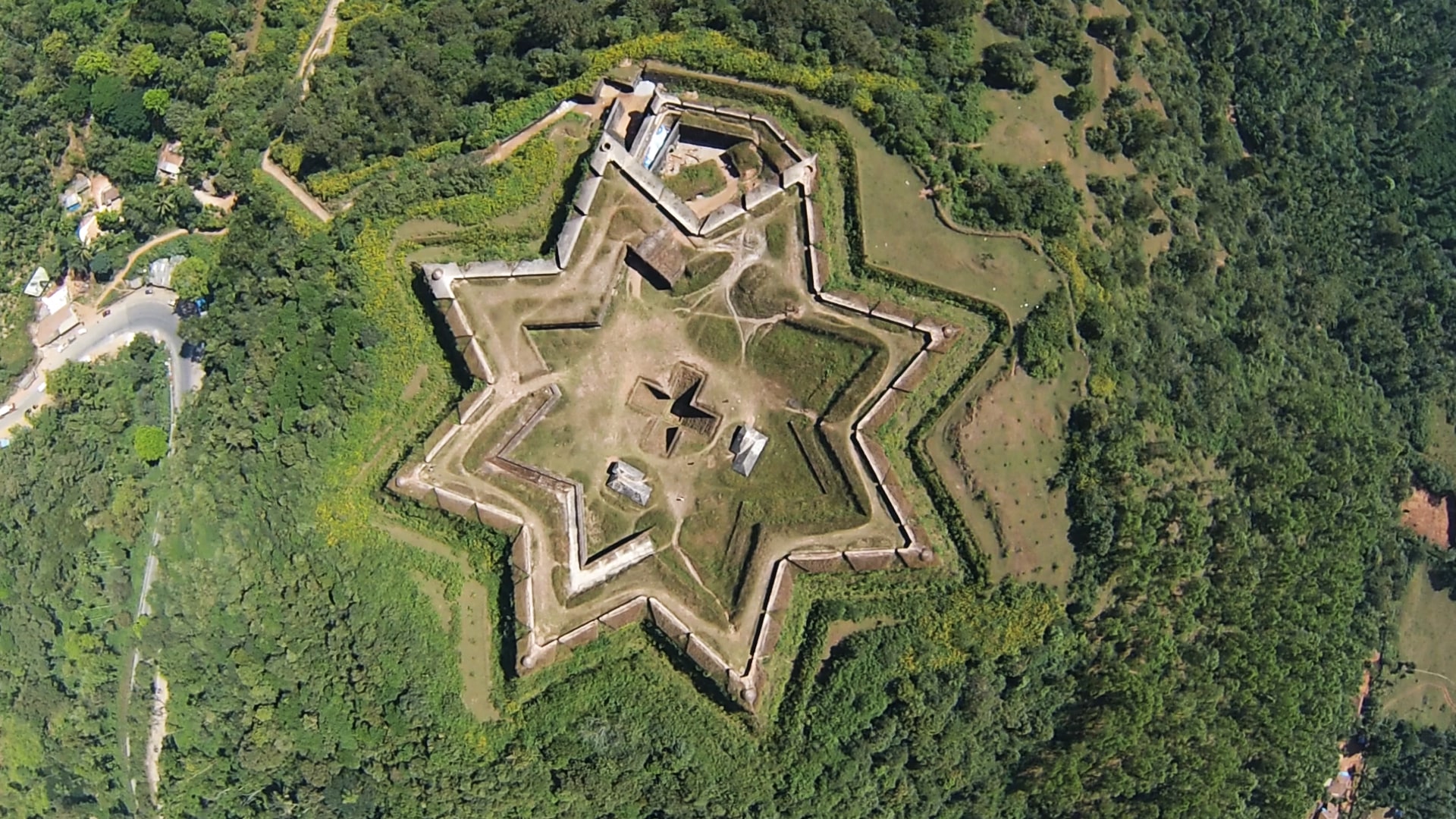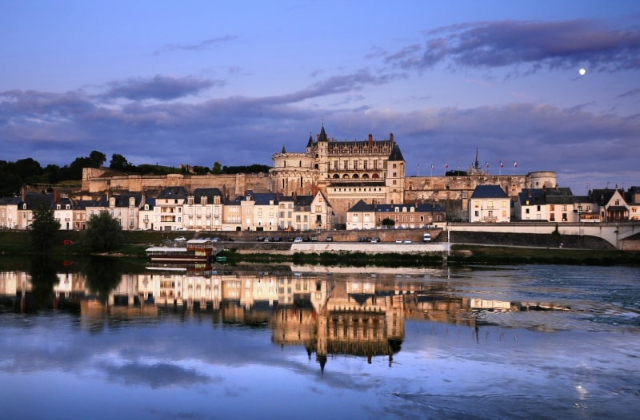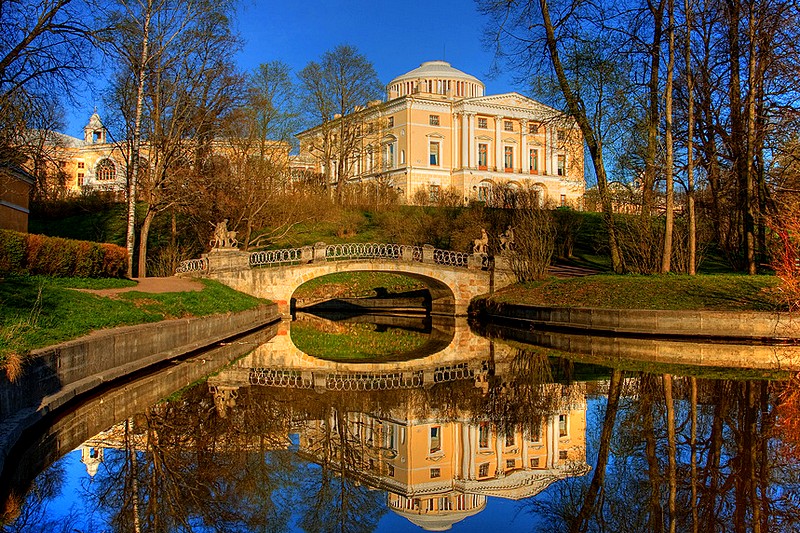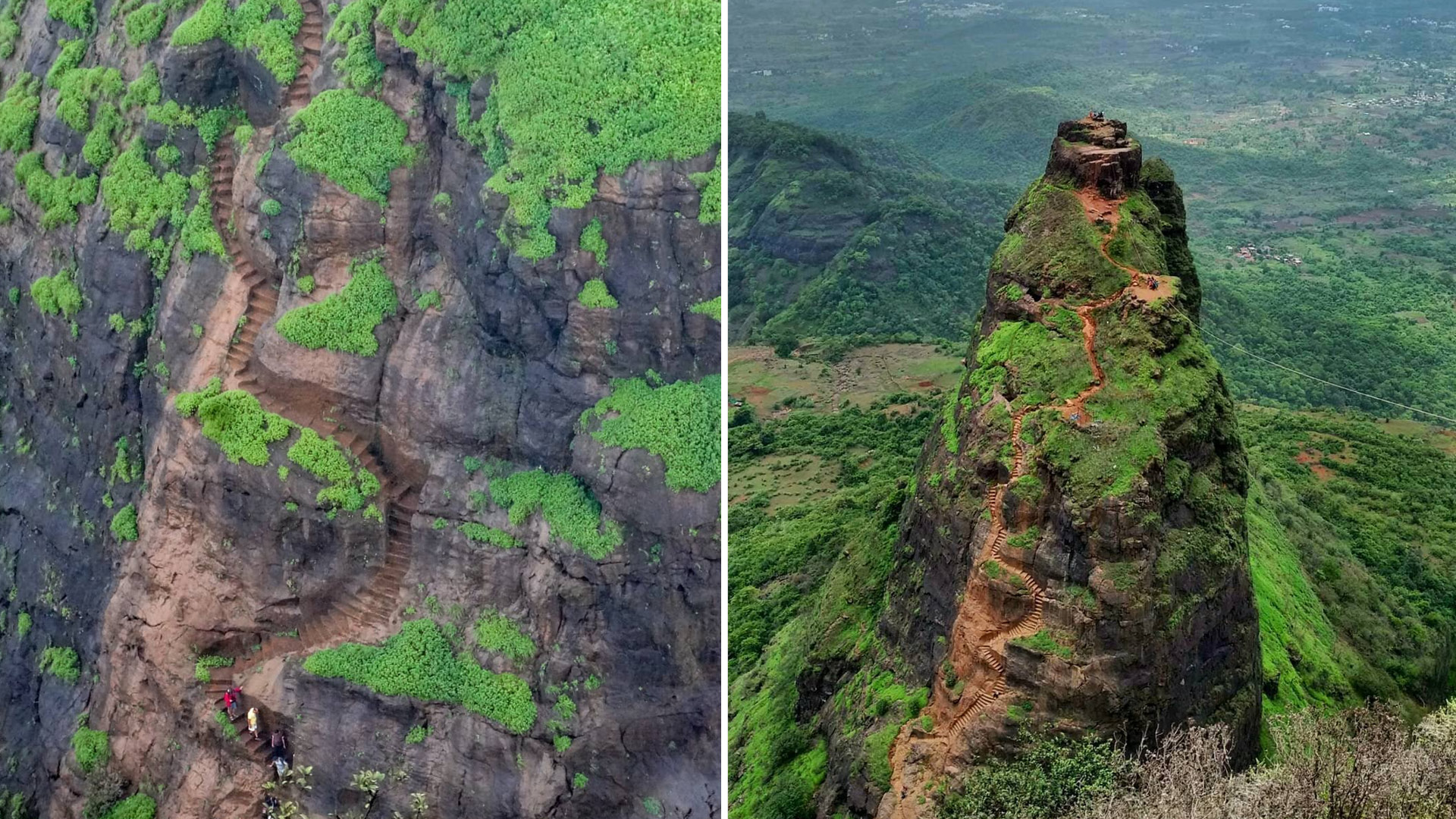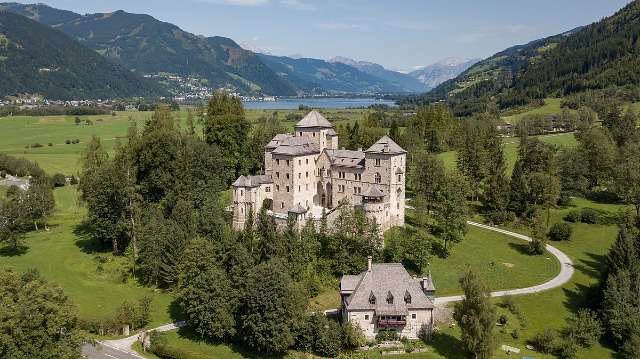Manjarabad Fort, nestled in the Hassan district of Karnataka, stands as one of India’s most intricately designed fortresses. Built in 1792 by the iconic ruler of Mysore, Tipu Sultan, with the assistance of French military architects, this fort is a splendid example of military ingenuity and historical architecture.
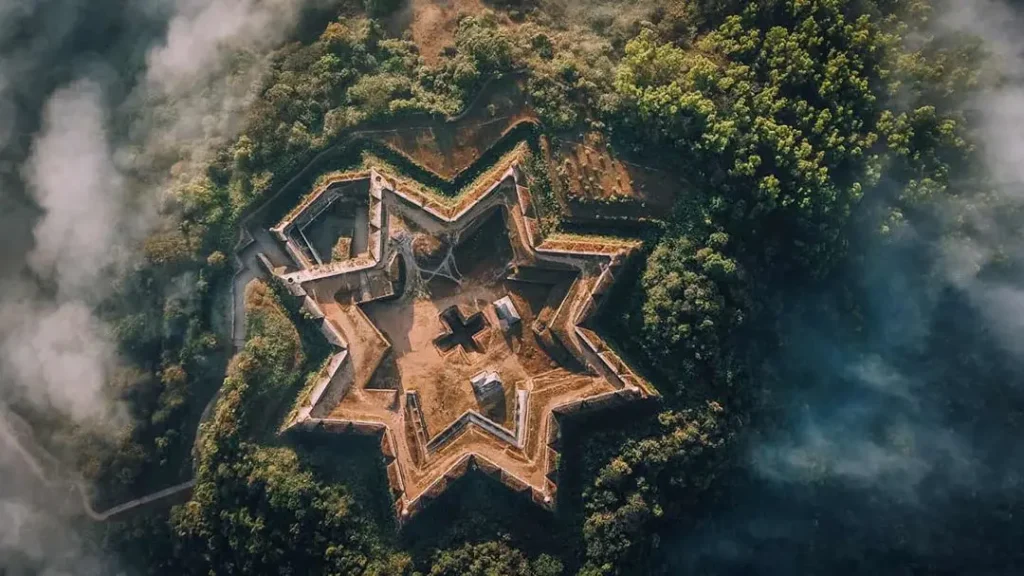
Situated at an elevation of 988 meters on the hills near Sakaleshpura town, the fort commands a breathtaking view of the surrounding landscapes. On clear days, it is even possible to glimpse the Arabian Sea from its ramparts.
The strategic importance of Manjarabad Fort during its time was significant. Constructed as a response to the expanding influence of the British East India Company and the alignment of the Nizam of Hyderabad with British forces, the fort served as a crucial military bastion to maintain Mysore’s sovereignty under Tipu Sultan’s rule. The fort’s design reflects a blend of indigenous and French military architectural styles, making it uniquely Vaubanesque with its star-shaped layout—considered the most distinct star-shaped fort in India.
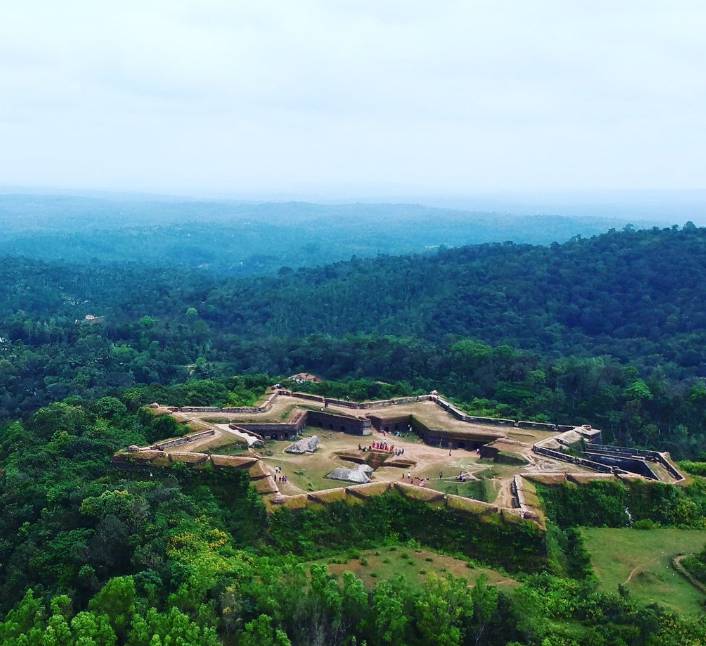
The name “Manjarabad” derives from “Manjara” or “Manju,” meaning fog, which is a nod to the fort’s typical misty conditions as first observed by Tipu Sultan. Constructed primarily from granite walls and lime mortar on the exterior, and fired bricks inside, the fort houses several functional spaces including armories, barracks, and storage facilities.
Today, Manjarabad Fort is not only a historical site but also a point of interest for tourists and history enthusiasts who visit to admire its architectural beauty and panoramic views. For those looking to explore this and other architectural marvels, Secret World offers a gateway to discovering hidden gems across the globe. Enhance your visit with the innovative travel app available from Secret World, and dive deep into the rich tapestry of India’s fortresses and battlefields.
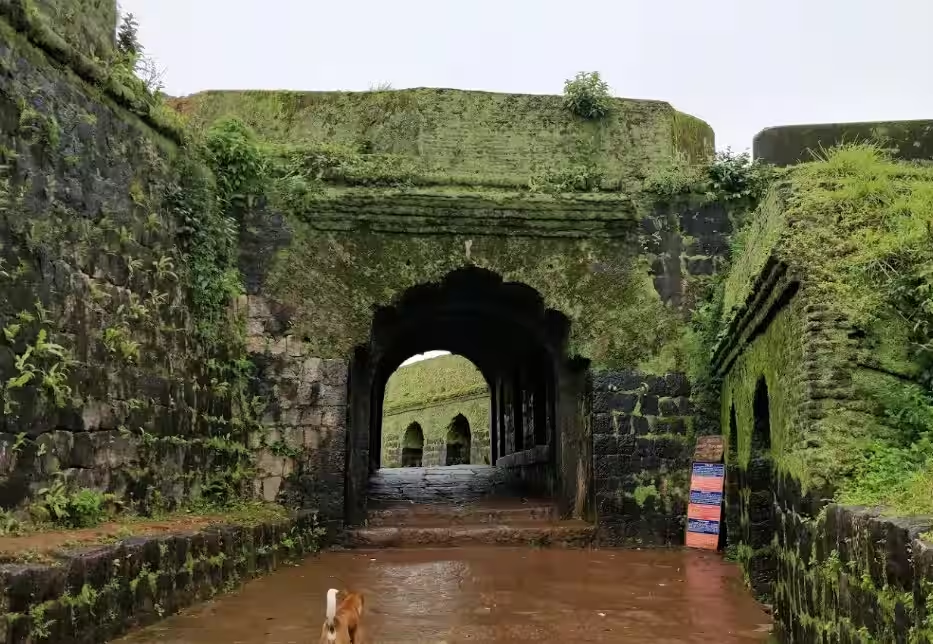
Visiting Manjarabad Fort offers a profound insight into the strategic military planning of the 18th century and provides a tangible connection to the era of Tipu Sultan, making it a must-visit for anyone interested in the grandeur of India’s past.

